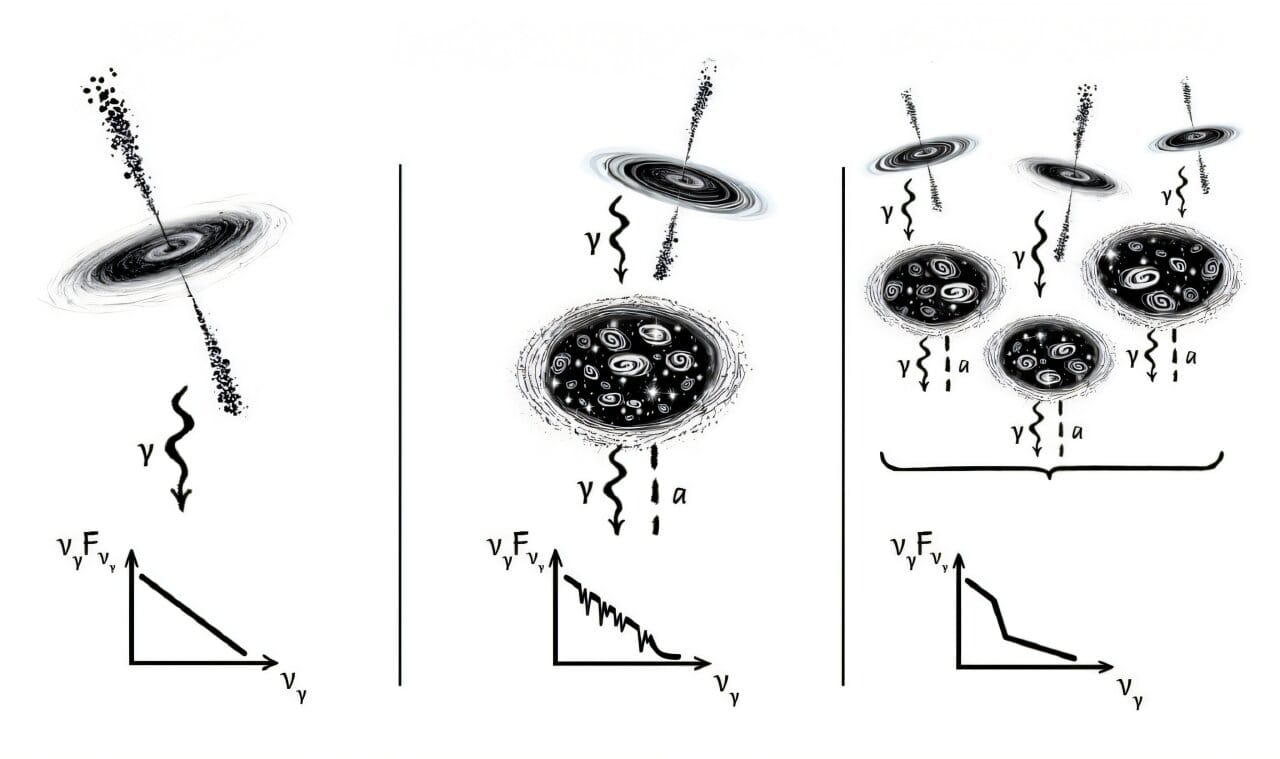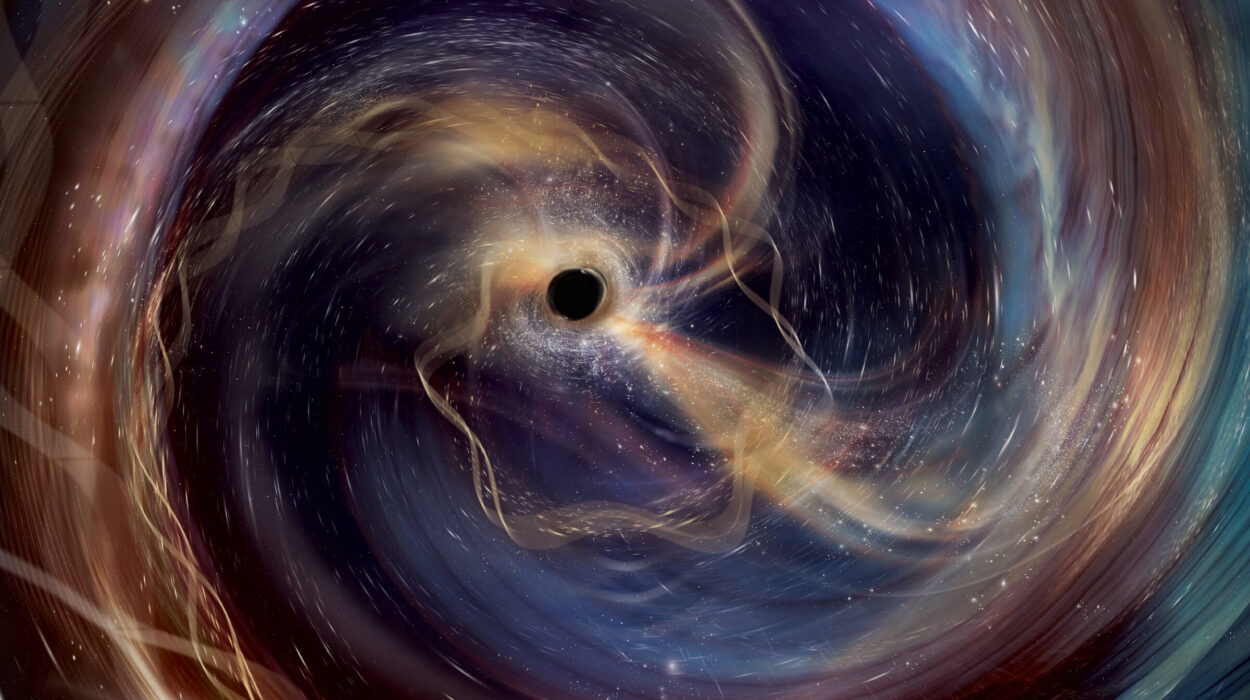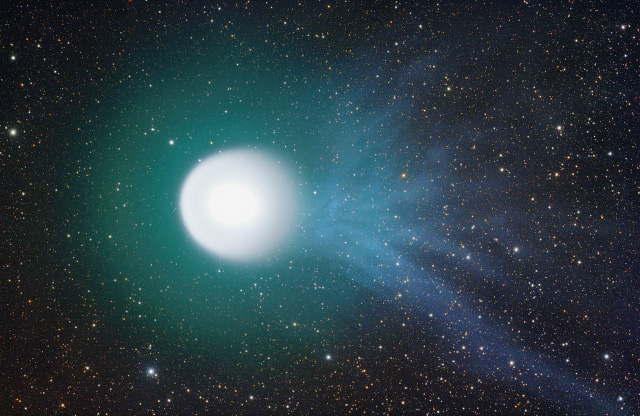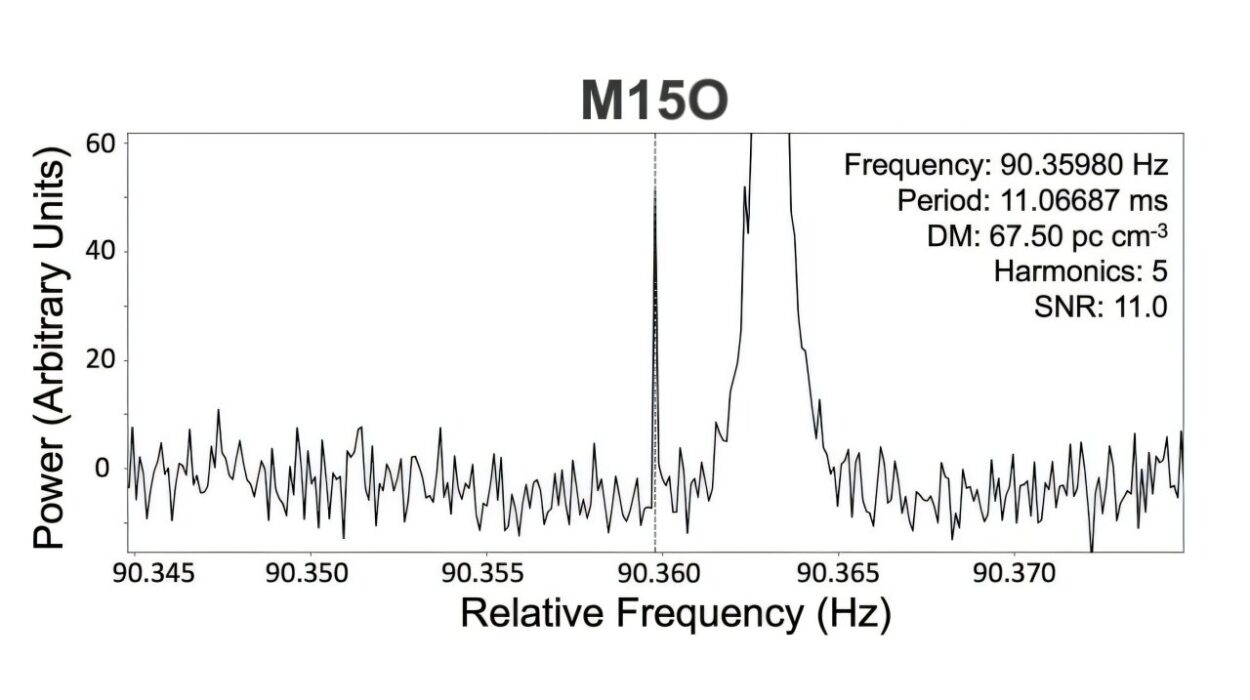In the boundless theatre of the cosmos, there are actors so massive and others so unimaginably light that putting them in the same sentence feels almost absurd. On one side, we have galaxy clusters — the heaviest known structures in the universe, each a gravitational colossus containing hundreds or even thousands of galaxies, their combined mass a staggering quadrillion times that of our Sun.
On the other, there are axions — hypothetical particles so feather-light that they make even the smallest atoms seem hulking by comparison. These elusive particles, if they exist, could solve one of the deepest mysteries in modern science: the true nature of dark matter. Dark matter, invisible yet dominant, is thought to account for about 80% of all matter in the universe. But despite decades of searching, scientists have yet to detect it directly.
Now, researchers at the University of Copenhagen’s Niels Bohr Institute may have brought us a step closer to solving this cosmic riddle — by using the universe itself as their laboratory.
Turning the Cosmos into a Particle Experiment
For years, attempts to detect axions have largely been confined to Earth-bound experiments — including the enormous particle accelerators like CERN’s Large Hadron Collider. But Associate Professor Oleg Ruchayskiy and his team took a different approach, one that uses nature’s own extreme environments.
Instead of smashing particles together, they looked to the hearts of distant galaxies where supermassive black holes unleash torrents of electromagnetic radiation. These galaxies, known as active galactic nuclei (AGN), are among the brightest objects in the universe.
Between these cosmic beacons and our telescopes lies an equally fascinating structure: the vast magnetic fields of galaxy clusters. These magnetic webs are so immense that they span millions of light-years, influencing the path of radiation in subtle ways.
And here’s the trick: if axions exist, the intense magnetic fields in these clusters might transform a small fraction of photons — particles of light — into axions. These axions, in turn, could slip through space unseen, leaving behind a faint, telltale signature in the light that reaches us.
From Random Noise to a Cosmic Signal
The problem is that such a signature is extraordinarily faint. Any one observation looks like nothing more than random noise in the data — the cosmic equivalent of static on a radio.
So the researchers tried something new: rather than relying on a single source, they observed 32 supermassive black holes behind different galaxy clusters. By combining the data from all these sources, they amplified the faint pattern they were searching for.
The result? A surprise.
“Normally, the signal from such particles is unpredictable and appears as random noise,” explains Ruchayskiy. “But we realized that by combining data from many different sources, we had transformed all that noise into a clear, recognizable pattern.”
That pattern, he says, looks like the kind of “step-like” feature that could indicate photons turning into axions as they pass through a magnetic field. It’s not a definitive detection — more like hearing a whisper in a crowded room — but it’s loud enough now to make scientists pay attention.
Mapping the Invisible
The findings, published in Nature Astronomy under the title Constraints on axion-like particles from active galactic nuclei seen through galaxy clusters, mark a leap forward in the search for axions.
“This method has greatly increased what we know about axions,” says postdoctoral researcher Lidiia Zadorozhna, a Marie Curie fellow at the Niels Bohr Institute and one of the paper’s lead authors. “It essentially enabled us to map a large area that we know does not contain the axion, which narrows down the space where it can be found.”
The study focused on gamma rays, a high-energy form of electromagnetic radiation, but the same approach could be applied to X-rays and other wavelengths. That opens the door to a much broader search.
The Road Ahead in the Hunt for Dark Matter
For decades, dark matter has remained an enigma, detectable only through its gravitational influence on galaxies and galaxy clusters. If axions are indeed the building blocks of this hidden mass, their discovery would transform cosmology, particle physics, and our understanding of the fundamental structure of reality.
The Copenhagen team’s method, Zadorozhna emphasizes, is not a one-off achievement. “This is not just about this single experiment. It’s a new way of doing things — one that can be repeated by us and by other groups across a wide range of energies and conditions. Each repetition can add more pieces to the puzzle.”
For now, the axion remains hypothetical — a ghost particle hiding in the shadows of the universe. But if these cosmic whispers grow louder, we may soon have the first real conversation with one of nature’s most mysterious creations.
And perhaps, in answering the question of dark matter, we will not only better understand the universe — but also our place within it.
More information: Constraints on axion-like particles from active galactic nuclei seen through galaxy clusters, Nature Astronomy (2025). DOI: 10.1038/s41550-025-02621-8






